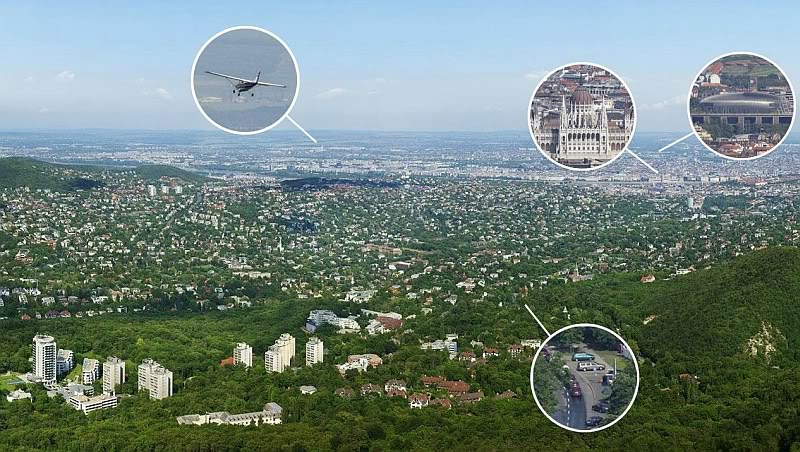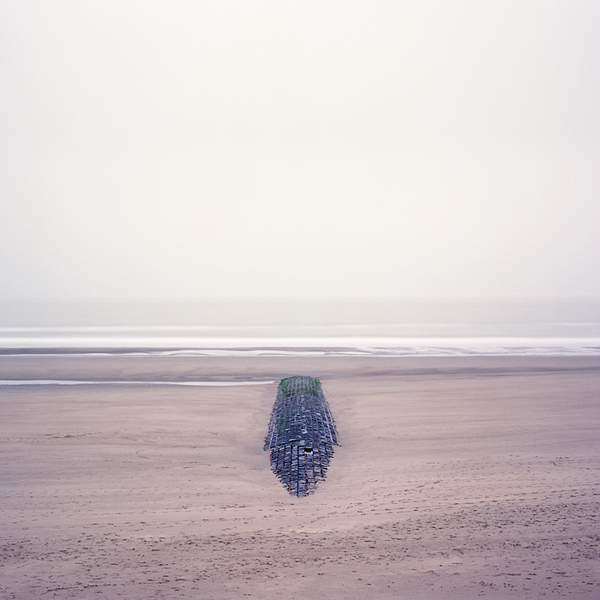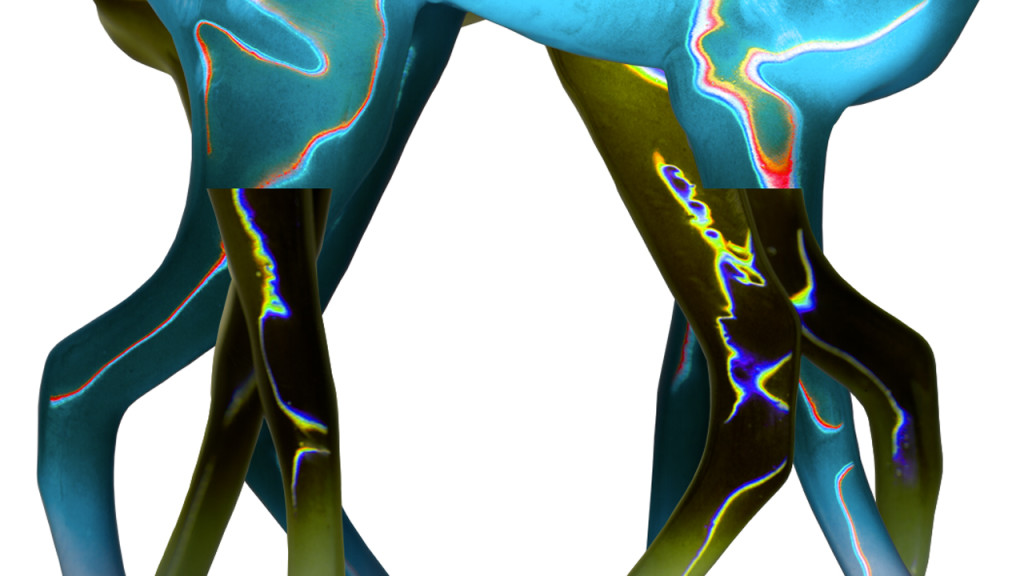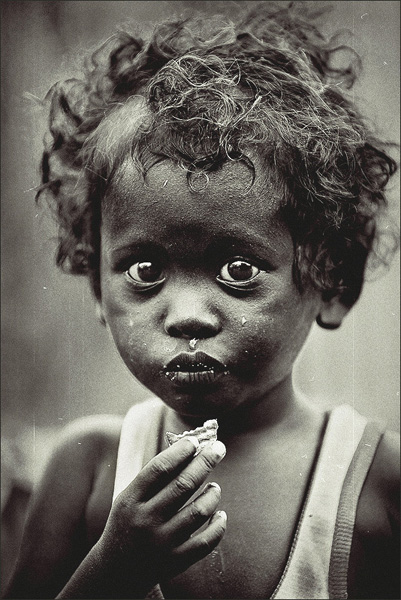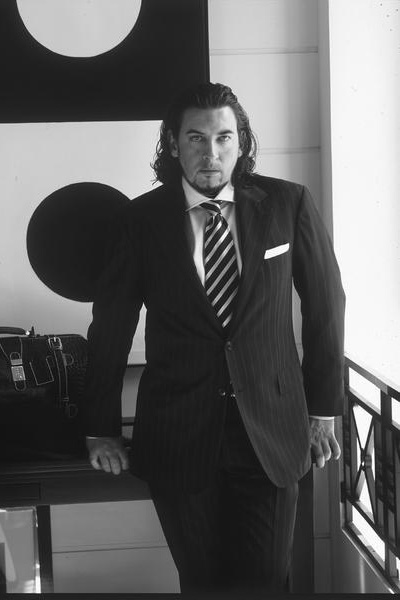TRANSFORMATION OF ART IN THE MODERN WORLD: NO-ART
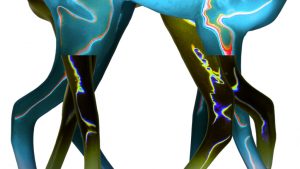 One of the main features of modern art is the ability to change depending not only on social trends, but also on new technologies that change our world almost every day. One of the freshest types of art is no-art, the main feature of which is the existence exclusively in the network.
One of the main features of modern art is the ability to change depending not only on social trends, but also on new technologies that change our world almost every day. One of the freshest types of art is no-art, the main feature of which is the existence exclusively in the network.
The works of net-art, as a style in modern media art, can only be called work where the Internet acts as an integral part of the project itself. It is quite difficult to draw clear lines between some content and no-art works. Because of this, it is generally accepted that the direct net-art are those projects for which the Internet acts as the primary and only habitat and distribution, that is, recordings of performances, online galleries, catalogs of art collections, web design and much more to read. kind of media art we can not. The border between different types of network visual information was formed by Olga Shishko: “The main thing is not to confuse“ net-art ”and“ art on the net ”. Art on the web is only documentation that is not specifically created for the web. In contrast, net-art functions only in the network and often deals with a structured context. Any fundamental idea can be questionable without a specific media translation and without the participation of other people. While wandering through artistic sites, we often do not see the final image, but we feel interference at the same time at different levels of communication (text, sound, moving pictures, video). Network projects often behave like chameleons – they react with lightning speed and change, sometimes beyond recognition. Of all the works of art, perhaps the works in the network have the most short-term life. ”
Oddly enough, the first samples of no-art existed even before the advent of the Internet, were called ASCII graphics, and were placed on Fidonet and BBS networks. Absolutely all visual types of art, such as fluxus, video and kinektik-art, conceptual and telecommunication art can be considered the forerunners of this kind of art. The very method of artistic transmission of information did not appear with the invention of the global network; in earlier periods, artists worked with such means of communication as telephone and fax. One of the first groups of network artists is the Dutch organization Jodi.
With the advent of the Internet in the early 90s, the Rhizome platform was created, which allowed attracting and uniting a much larger number of artists to this type of art. To date, Rhizome is the largest collection of no-art objects, which is constantly updated. A new stage in the existence of this type of art was the creation of social networks, which make it possible to popularize objects.
